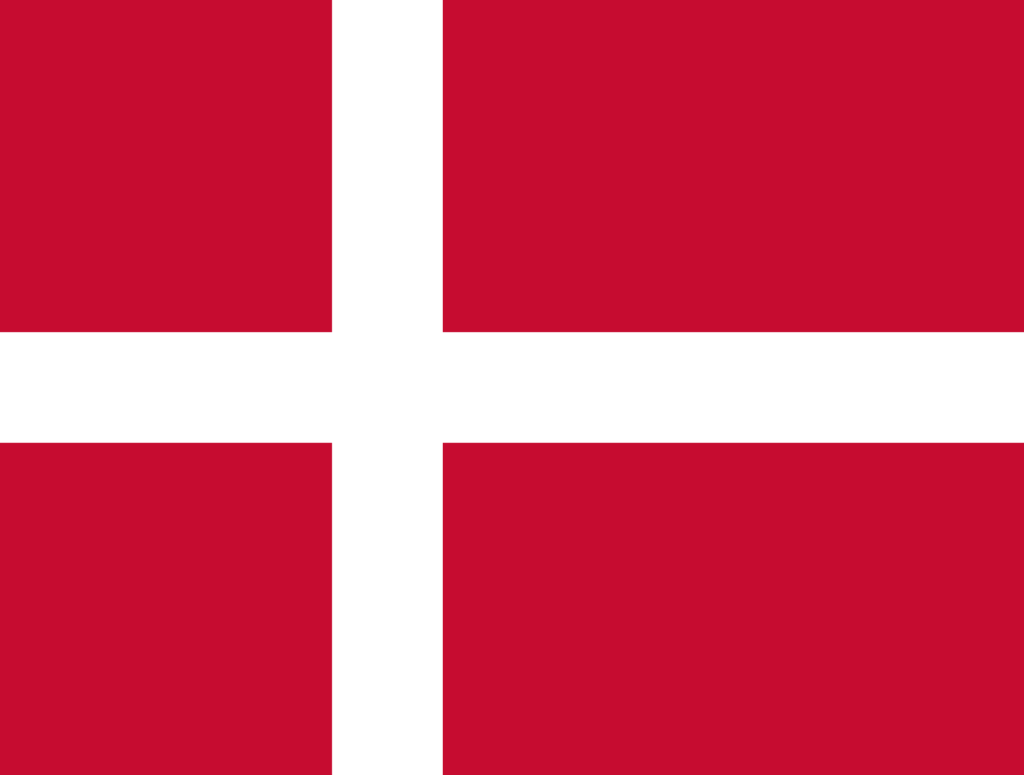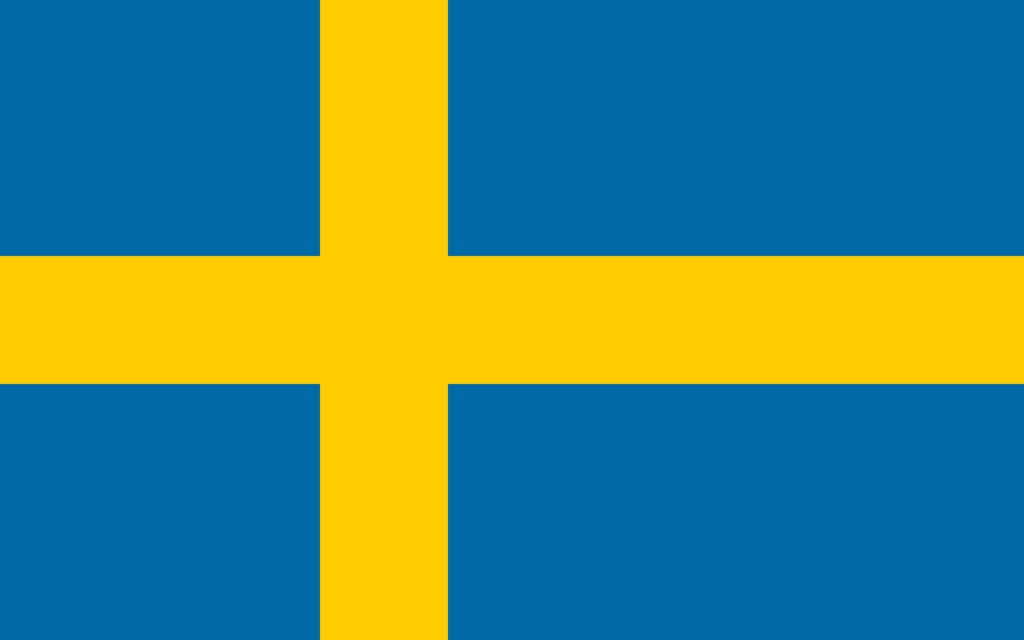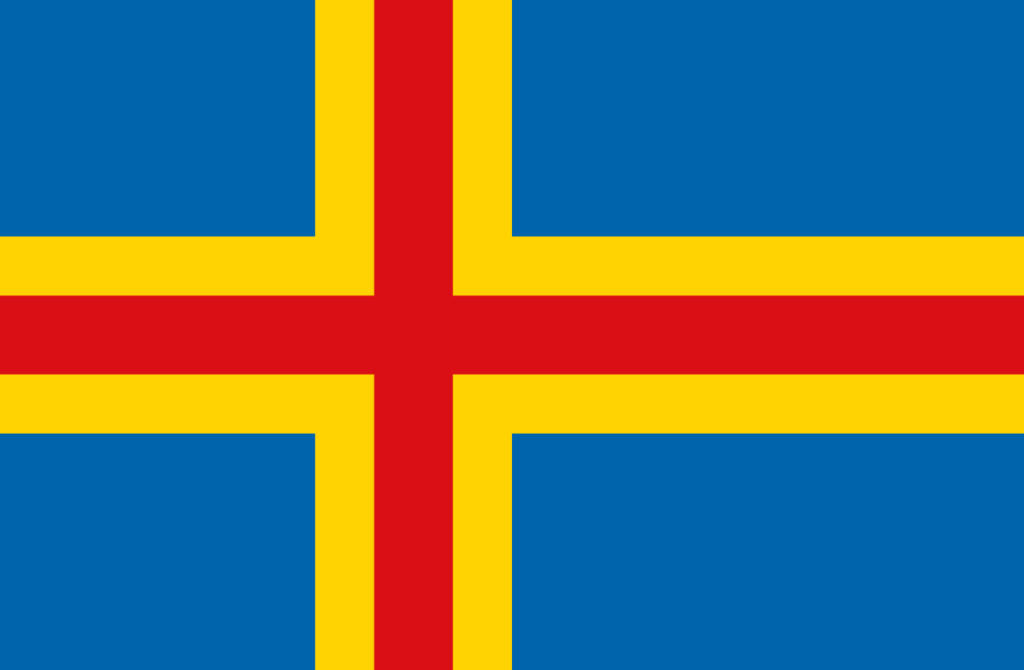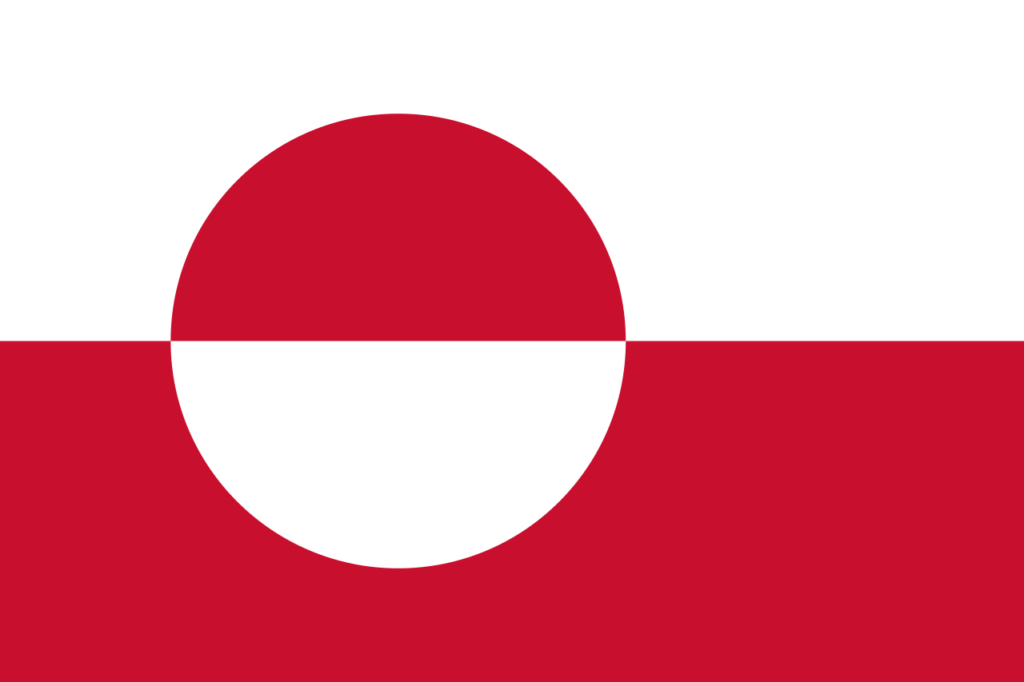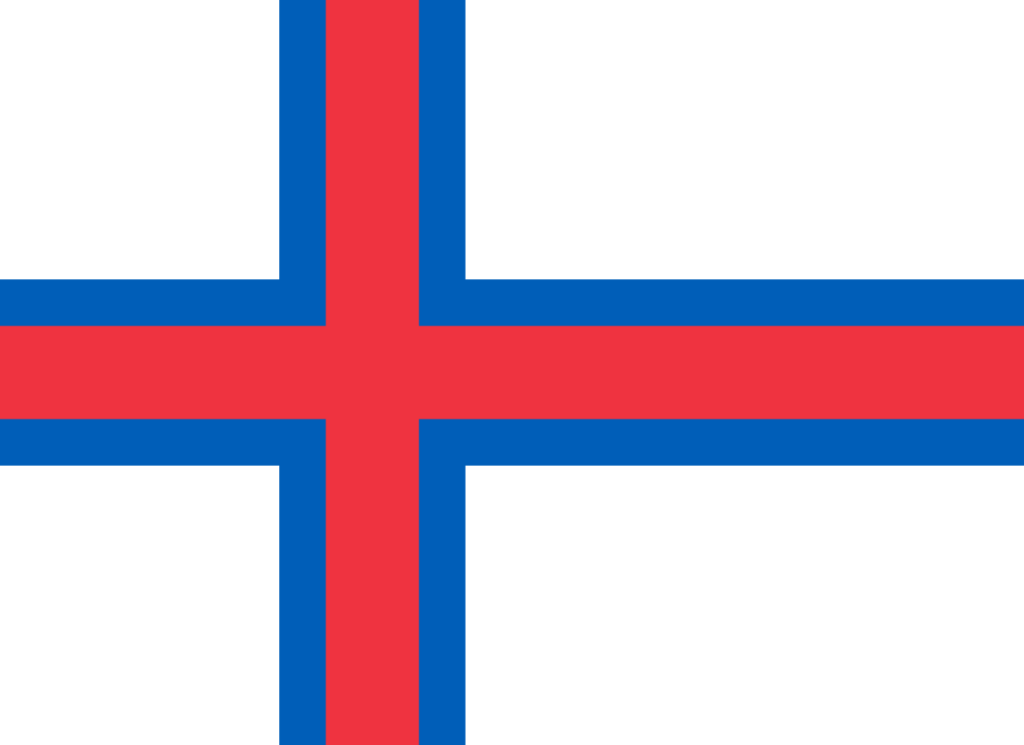Nordic flags are easily identifiable thanks to their distinctive off-centered cross pattern. These flags represent the rich customs and common ideals of the Nordic nations, have great historical and cultural significance.
Let’s examine the meanings behind these flags, go into their historical context, talk about why they share such a striking appearance, and give insight into the nations who proudly fly them.
What Does the Nordic Cross Symbolize?
The Nordic cross has cultural and historical significance in addition to being an appealing design. The horizontal arm stands for the connection to the wind and sea, while the vertical arm signifies Christianity. In addition to its religious significance, it represents the Nordic countries’ solidarity and cultural identity. It brings various nations together under one roof.
What Is the History of the Nordic Cross?
Nordic cross flags have a very long history. The marine traditions of the area are deeply embedded in their past. This design originated as a Christian symbol during the medieval Crusades. It became closely associated with countries like Denmark, Sweden, and Norway. The Danish Dannebrog, which dates back to the 13th century, is among the world’s oldest national flags. The Nordic cross flag became a representation of these countries’ naval might as they traveled across the oceans.
What Countries Have Nordic Flags?
The Nordic cross is prominently displayed on the flags of a the Nordic nations. These flags are seen on the Nordic nations of Denmark, Sweden, Norway, Finland, and Iceland. Despite having a similar design, each country’s flag captures its distinct identity.
Why Do Nordic Flags Look So Similar?
The similarity of these flags can be attributed to the Nordic countries’ shared history, culture, and close geographical location. Shared symbols and cultural exchange have resulted from centuries of close ties, which also included alliances, trade, and conflicts. Their common heritage, values, and unity are symbolized by the use of the Nordic cross design. It serves as evidence of the historical and geographic ties that bind these countries together.
How Many Countries Are Nordic?
“Nordic” refers to more than just the nations flying the Nordic cross. The countries involved are Denmark, Sweden, Norway, Finland, Iceland. The Åland Islands (Finland), and the Faroe Islands, and Greenland (Kingdom of Denmark), are territories which have varying degrees of autonomy and are culturally linked to the Nordic region.
Nordic flags tell a story of shared history and values that continue to shape the vibrant culture of the North. Every time these flags fly, they remind us of the enduring connection that weaves these nations together, enriching their collective identity.
To promote cooperation among the Nordic countries of Denmark, Finland, Iceland, Norway and Sweden, and their autonomous territories of Greenland, the Faroe Islands, and Åland the Nordic Council was founded on 16 March 1952, its aims are for the region to become the most sustainable area in the world by 2030.

